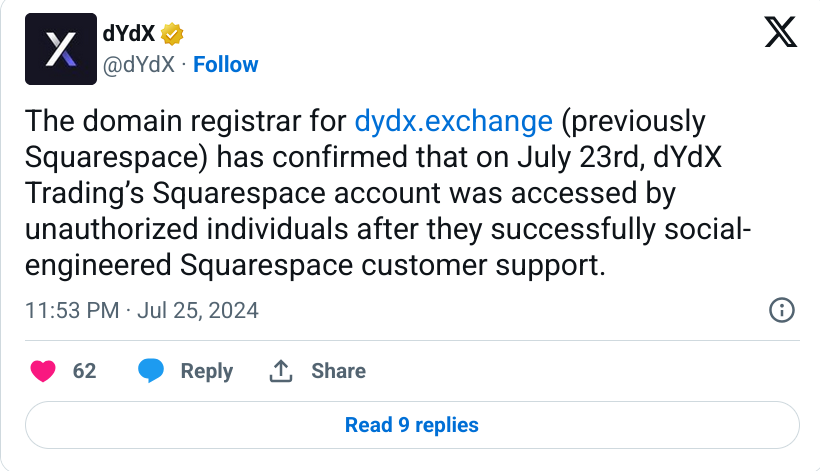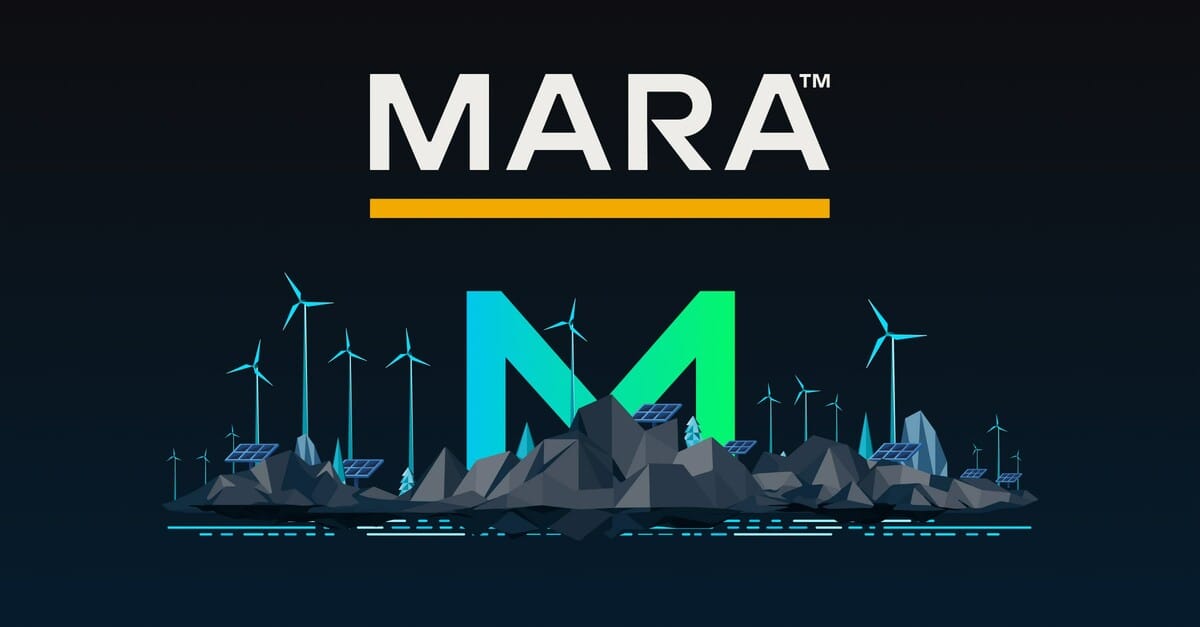Ethereum Blobscriptions Are Now Challenging The Network’s Data Storage Costs
Blobs, short for binary large objects, instead of fulfilling their intended purpose, blobs are now being filled with arbitrary data such as images, text, and audio, which has led to a spike in storage prices
Introduced in March as part of the latest Ethereum network upgrade, blobs, short for binary large objects, were aimed at reducing costs for Layer 2 networks like Base, Linea, and Optimism overlaying Ethereum. However, instead of fulfilling their intended purpose, blobs are now being filled with arbitrary data such as images, text, and audio, which has led to a spike in storage prices.
Dubbed ‘blobscriptions,’ this misuse was initiated by Tom Lehman and Michael Hirsch, who created BlobScriptions.io, a platform allowing anyone to inscribe data onto a blob for a fee of about $20. While many of these inscriptions are likely automated by bots, their commercial value remains uncertain.
Short-Lived Dominance and Ethereum’s Pricing Challenges
Despite their ephemeral nature, lasting only about 18 days on Ethereum, services like Ethscriptions extend the lifespan of Ethereum blobscriptions by storing the data for longer periods.
However, industry insiders anticipate the dominance of Ethereum blobscriptions to be short-lived. Jim McDonald, the co-founder of Ethereum staking provider Attestant, predicts that over time, the pricing of blobs for Layer 2 networks will align with their intended purposes, making Ethereum less attractive for those simply using it as a ‘graffiti wall.’
Nonetheless, if Ethereum blobscriptions persist or grow, it could drive up prices for Layer 2 networks, necessitating the development of new tools and potential upgrades to mitigate the impact. The unexpected surge in storage costs highlights the challenges faced by blockchain networks in managing and optimizing resource usage amidst evolving user behaviors and emerging features.






